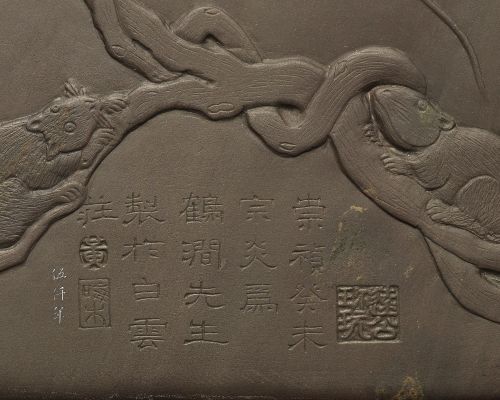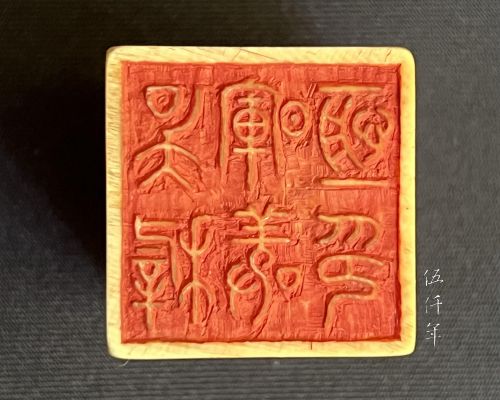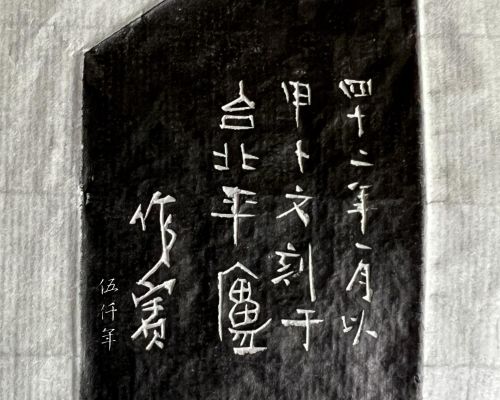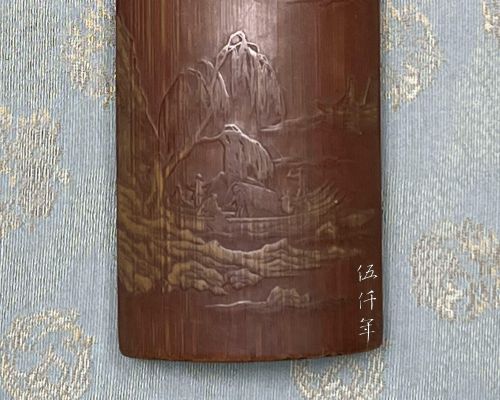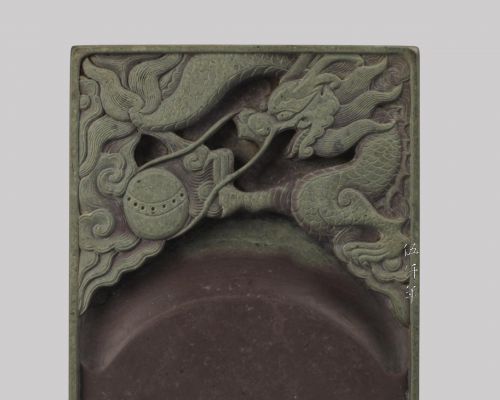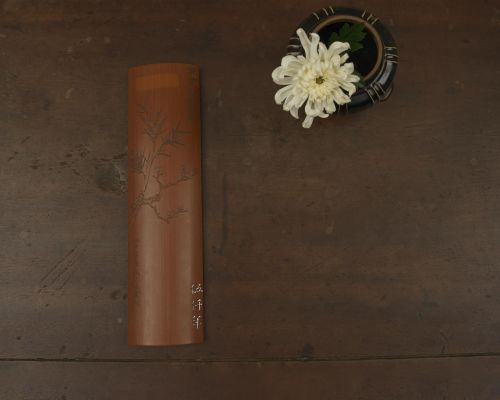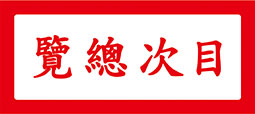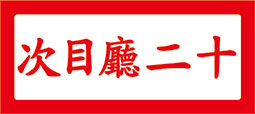Since early times, the Chinese educated class has rarely learned craftsmanship to carve spirits, gods, ancestors, sages, kings and queens, and other statues. To investigate the original reasons, Chinese know portraits are inadequate to instruct future generations, only virtue, accomplishment and teaching can reach immortality. For virtue, accomplishment and teaching to be imparted, they rely on the written word to carry them across millennia, that is why scholars clutch the written word as if they can outshine the sun and the moon, they exalt calligraphy to occupy the centre of the arts, and they especially engrave stone, as memorial tablets to transmit words for years to come. In the Ming and Ch’ing periods, scholars were devoted to carving words within the space of an inch, subsequently the art of seal engraving achieved equal standing as calligraphy and painting. The devotion of the scholars was fervent, they popularized the carvings of calligraphy and painterly images on inkstones, teawares, rib of folding fans, brush pots, wrist rests, different scholars’ writing utensils and desk objects. As for using engraving knives on bamboo, wood, stone, ivory, porcelain, pottery, bronze, pewter, they were skillful in all. An object maybe small, but if it embodies and assimilates literature and art, it is no less a rare treasure. I privately reflect on the encounter of unworldly objects in this world, to come across one engraved word or sentence is cause for savouring, like the spirit stone in The Dream of the Red Chamber (紅樓夢), the mystery of its past, the emotions that are stirred, are hastened and instigated by traces of engraved words. With this in mind, I inspected the scholars’ objects with engravings in my collection, and scrutinized the meanings of these inscriptions. I separate them into nine categories, and hope to abandon the confinement of easy classifications of forms and materials, but instead accentuate the interpretations and meanings of the inscriptions, paving a new and autonomous path. The eight categories are: In Memoriam, Reverences, Endearments (Uncle and Nephew, Brothers, Cousins, Partners, Confidants), Collaborations, Friendships, Self-Amusements, Captivations (Vestiges of Poetry, Vestiges of Tz'u Lyric, Vestiges of Calligraphy, Vestiges of Painting) and Detritus, together they are grouped under the name: Intimate Stories of Calligraphic and Painterly Engravings.

